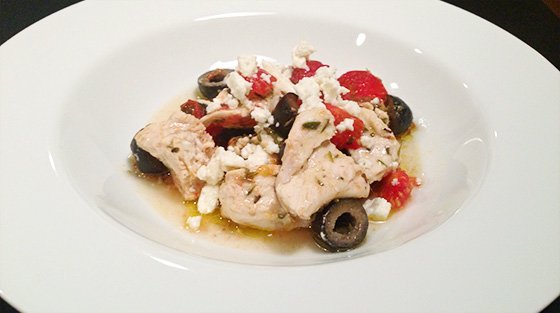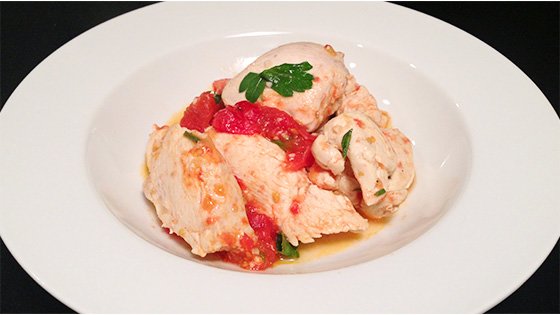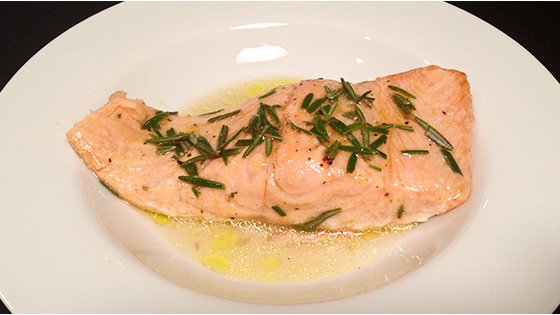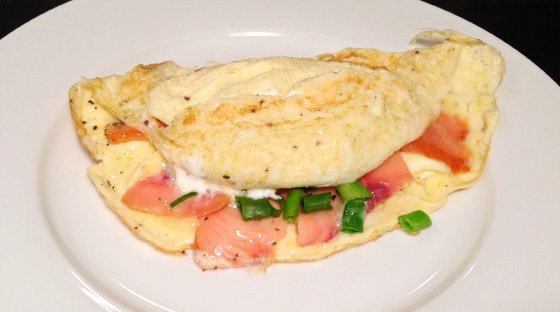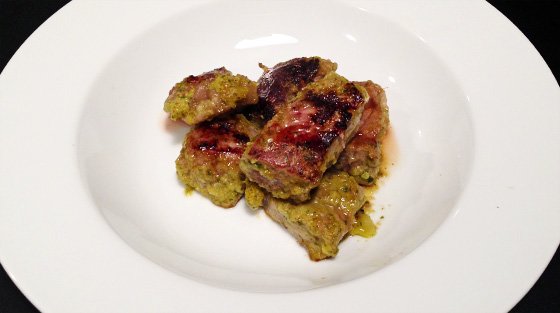Is “paleo” the healthiest human diet? (controversial)
The hottest thing in nutrition over the last few years is the “Paleo” style of eating (aka, Paleolithic nutrition). In some ways, it’s a simple concept, and it’s common sense… eat a similar hunter-gatherer diet like our ancestors did for over 1.9 Million years, and since this is the diet that the human digestive system is most adapted to during 99% of our existence, good health will follow, and getting a lean body becomes easier.
Some paleo authors though forbid even tiny amounts of grains and dairy in their recommendations, while other mainstream health authors and experts just aren’t convinced yet (or haven’t been explained the science yet) that whole grains can possibly be bad for you in any way.
My thought on this is that not all grains are necessarily bad for you, but some are a LOT worse than others… this is where I see “paleo” nutrition in a slightly different light than some very strict Paleo authors that advise to 100% eliminate ALL grains. I don’t quite see it that way.
A couple things that I keep in mind in terms of deciding on the healthiest paleolithic nutrition plan:
1. For people that are extremely active such as long distance bikers, runners, and athletes that do intense activity for several hours per day, the extra calories from starch that grains give can be useful. The extra calories and carbs from grains can also be useful to those looking to build muscle mass.
However, there’s no reason at all that these types of people can’t fuel their carb needs with potatoes, sweet potatoes, fruit, squash, quinoa, and other non-grain carb sources, and still get the calories and carbs they need without getting all of the gluten and other problematic anti-nutrients that are in many popular grains.
2. Some grains are worse than others. For example, rice and oats still have anti-nutrients, but have a lot less anti-nutrients than wheat does. Rice and oats also don’t contain gluten (unless they contain traces from processing machines that also processed wheat or barley), and as you know, chronic gluten intake can irritate the gut and cause internal inflammation in a large majority of us, even if we’re not Celiac.
This means that rice and oats are more “neutral” than wheat is, and if you’re extremely active and burn boatloads of calories with hours of exercise each day, then rice and oats can be a reasonable source of calories, although still not necessarily the “best” carb source per se.
However, if you’re an average person that exercises a couple days a week, and not daily for hours each day, there’s really no need for the extra calories and carbs that even “neutral” grains provide.
3. It’s important to know that grains are NOT “essential” to the human diet in any way. After all, before agriculture started approx 10,000 years ago, grains were just a very tiny % of the human diet, dating back almost 2 Million years.
Currently, it’s estimated that the average modern day person obtains 67% of their total calories come from only 3 foods — wheat, corn, and soy and their derivatives.
However, ancient paleolithic humans most likely only consumed about 1 or 2% of their total calories from wild grains that they could have gathered. Mass produced grains to make bread, baked goods, and pasta that are modern day staples simply didn’t exist back then.
This means that for 99% of human existence, humans only ate grains in a very tiny fraction of their total calories, and for the last 1% of human existence, we now eat 67% of our total calories from wheat, corn, and soy alone (although technically, soy is not a grain…it’s a legume, but soy has it’s own health issues as well).
Ancient paleolithic humans were very active hunting and gathering each day (and probably fighting off predators too in most locations!), yet somehow us humans managed to “fuel our bodies” for almost 2 Million years without the need for large amounts of grains like modern day athletes resort to as the go-to carb source.
Although I’m not personally a competing athlete in anything, I’m a very active skier, mountain biker, hiker, and weight lifter. But I don’t fuel my body on grains, and I don’t necessarily fuel my body on primarily carbohydrates either. And I feel amazing every single day!
I tend to prefer to fuel my body primarily from healthy fats like avocados, nuts, egg yolks, seeds, olive oil, coconut oil, and grass-fed butter and cream. But I still also fuel my body with small to moderate amounts of carbs each day from eating loads of veggies, raw honey in my morning or afternoon tea, maybe a few potatoes or sweet potatoes each week, squash, and one or two pieces of fruit a day. This type of plan replicates the ancient paleolithic hunter-gatherer diet much more closely than these modern plans loaded with grains at every meal.
I’m sure we’ll talk more about this topic in upcoming newsletters, but let’s look at the big picture here…
The way I see it is that you can probably find a lot of examples of people you know that eat a lot of grains and yet remain lean, and seemingly healthy. This doesn’t mean that gluten and other anti-nutrients they are consuming daily aren’t causing at least some form of moderate internal inflammation, blood sugar problems, or minor digestive problems though in many of these grain-eaters.
I personally don’t avoid grains altogether, but I would say that I only eat grains about 1 day per week, and I try to get variety when I do instead of only one type of grain, so that I’m not always consuming the same types of anti-nutrients which might affect specific minerals from being absorbed in the body. This can lead to some mineral deficiency with over-consumption of certain grains too often.
Is “paleo” the healthiest human diet? (controversial) Read More »

